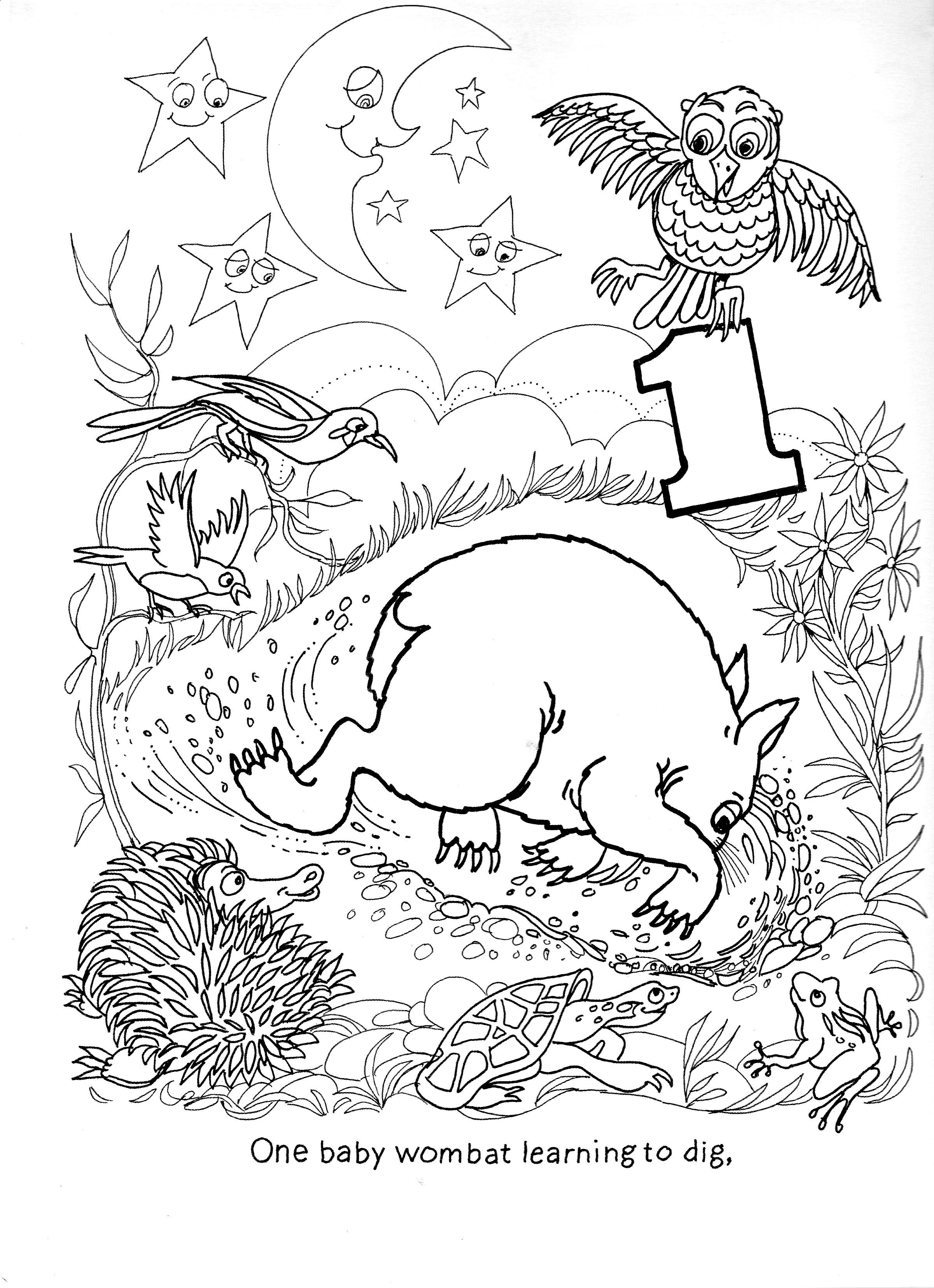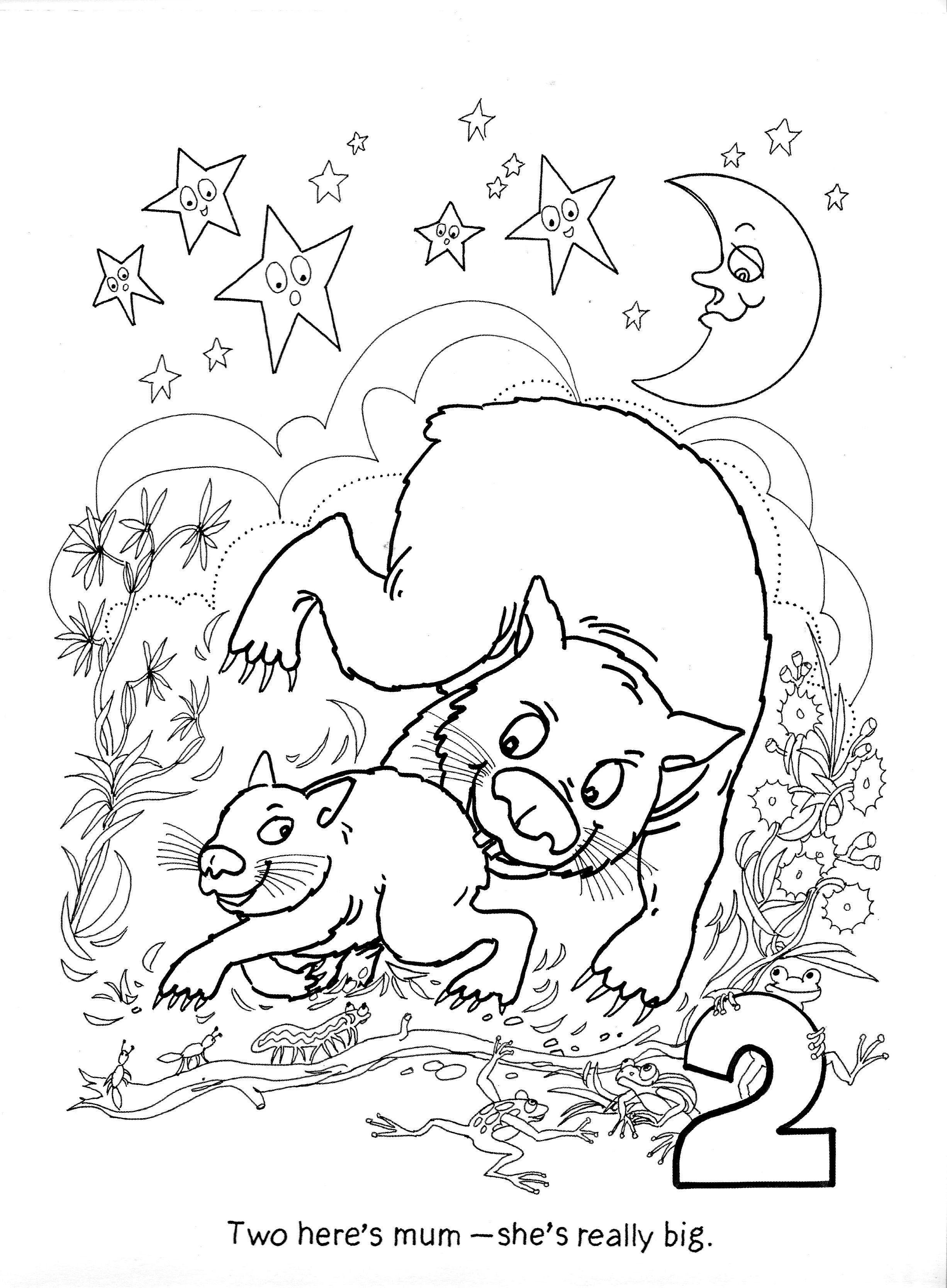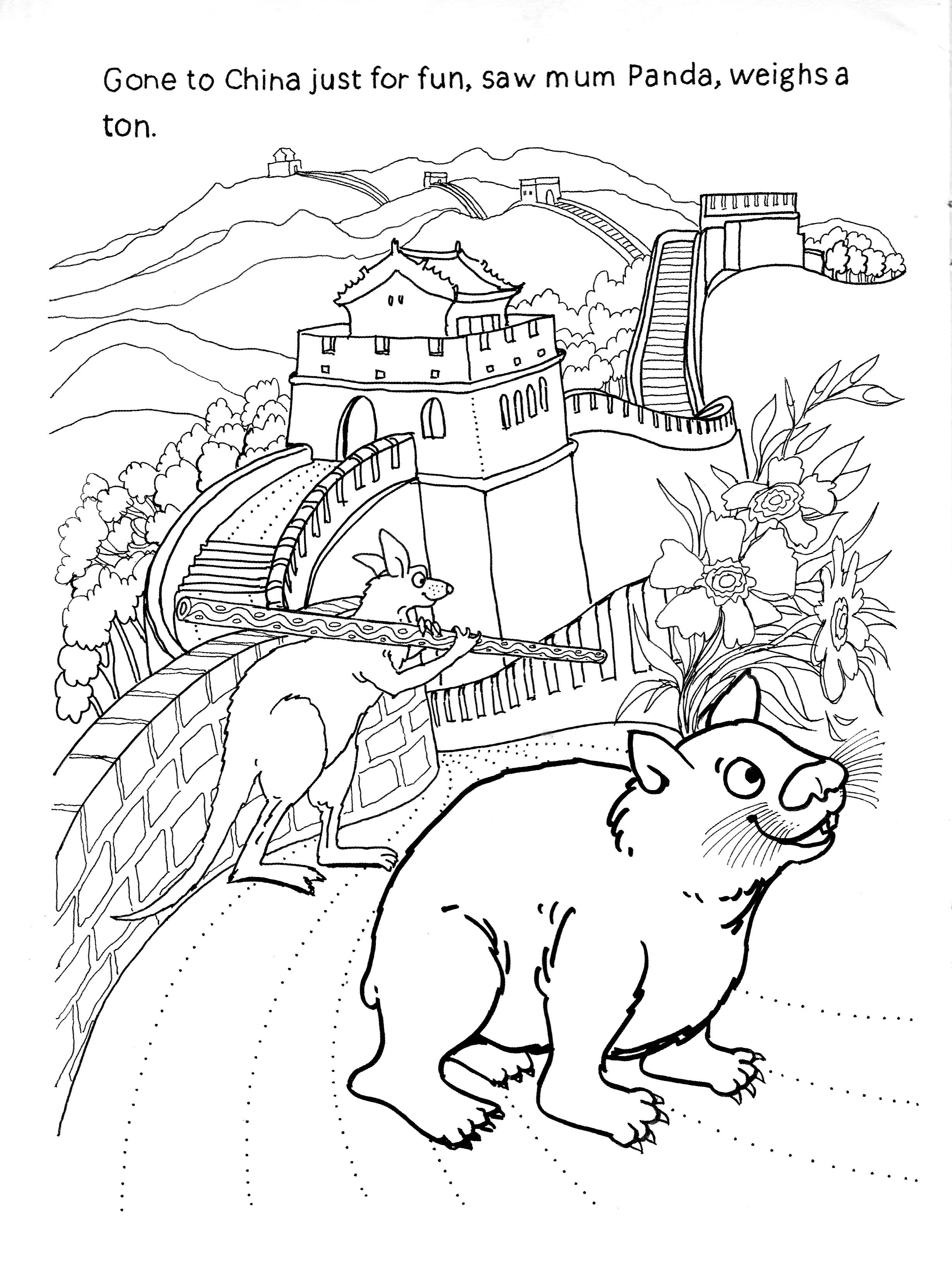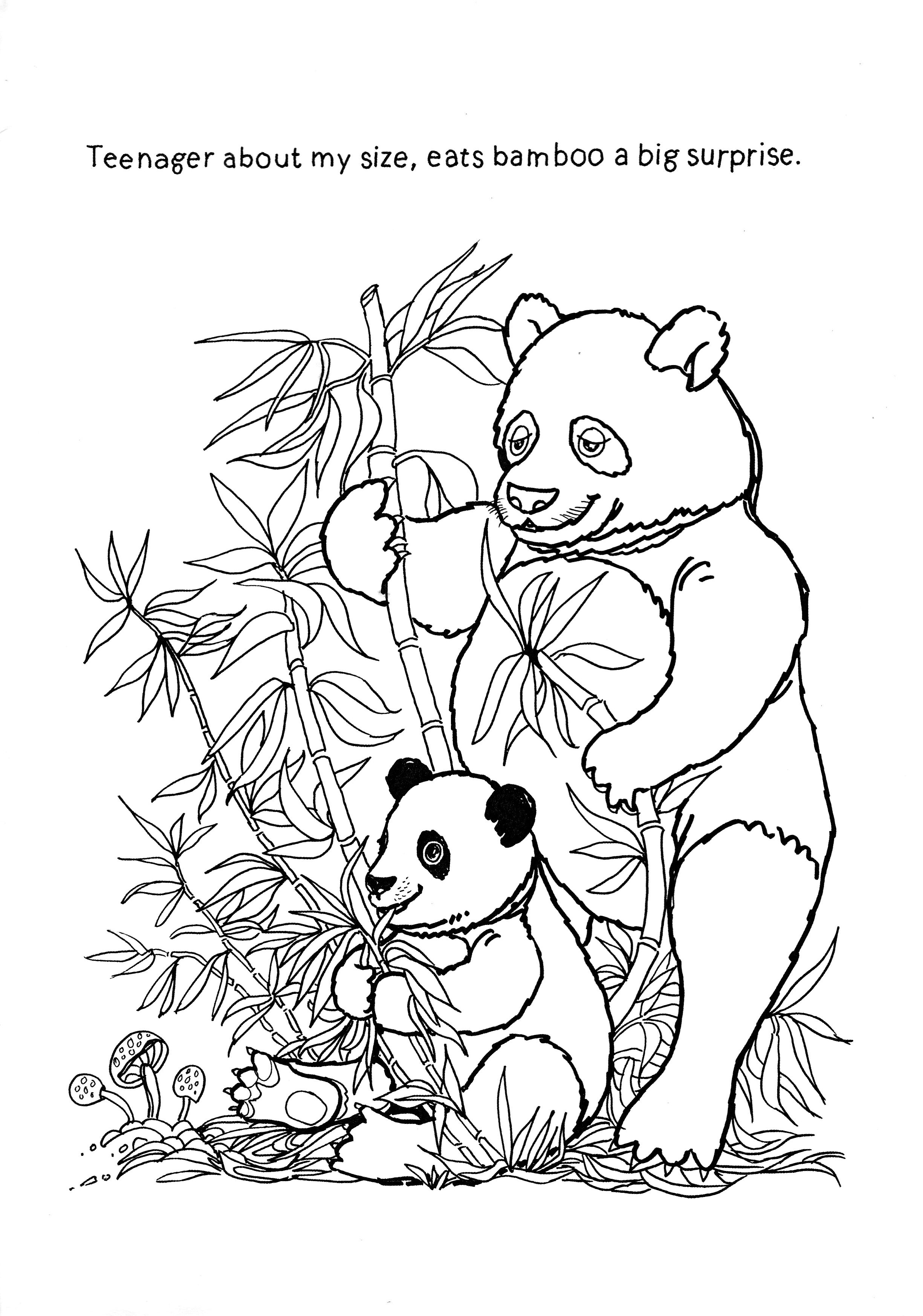Resources for Teachers
Wombat Facts1. There are 3 types of wombats: 2. All wombats are endangered but the Northern Hairy-nosed are at most risk. The areas where they live are fully fenced to keep out predators but they basically look after themselves. 3. In 2005 there were only 113 Northern Hairy-nosed left and they were all in one location. By 2014 there were in excess of 200 subdivided into two locations -Epping Forest and St George. 4. Wombats used to live in the south west corner of WA but they withdrew from the area perhaps 1000 years ago. Old timers remember them in the wheat belt and modern travellers see them beyond the goldfields towards the desert and on the Nullarbor Plain. 5. Wombats are nocturnal unless the weather is cool and cloudy. 6. Wombat joeys are very tiny and bald when they are born and climb into their mother's pouch. They attach themselves to one of her teats and stay there while they grow. 7. They stay in the pouch for at least 5 months. They then start to vocalise. They are allowed out of the pouch while in the burrow but still return to the pouch to eat and sleep. 8. By about 9 months they are out of the pouch most of the time but still in the burrow. 9. When they are about a year old they move in and out of the burrow with their mother but they are not fully weaned for another month or two. 10. Once fully weaned they remain with their mother until they are about two years old. 11. At 2 years of age they are independent and leave their mother's burrow and dig their own. A male will usually leave the area where his mother lives and become quite solitary. 12. It may be another year before the wombat is ready to mate. 13. Wombats eat all sorts of grasses. This diet doesn't give them a lot of energy so they sleep a fair bit. 14. When digging their burrow wombats chew through roots that get in the way, but they do not eat the roots - the chewed up stuff has to be got out of the burrow when the wombat spring cleans! 15. Despite their diet, wombats can run fast if they need to. They can do 40kph over 150 metres which is usually enough to get them out of danger. 16. Young wombats can be killed by a dingo or by snake bite. An adult's most likely predator is humans. 17. Adult wombats are often killed on the road. They have evolved with a ready-made security pad, called the bony plate, in the lower back . It protects their pelvis and legs and the females' pouch. This security is effective against bites or kicks but is of little use against motor vehicles. 18. Wombat scats are cubic in shape and dry. 19. Wombats are generally peaceful creatures. A male will fight for one of two reasons - either to win a mate or to keep an invader off his territory. When they fight they use their strong claws and their sharp front teeth. They inflict wounds. 20. Mating can be rough too. It is an outdoor activity based on games of "chasey". 21. Wombats have large territories and move around them regularly. They often have more than one burrow so that they can find shelter wherever they need it. 22. A wombat that loses its mother and is carefully hand reared can make an energetic and fun companion. It will chew or barge through anything that is in its way. When it is fully grown it is best if it can be reintroduced to the bush where it can use its weight (up to 35kgs) and strength to live its own life, instead of undermining your fences and sitting on your favourite garden plants! Here are four worksheets which will provide a chance to colour Willit's antics as he grows up. Click on each one to get a full size copy to print. |
My Books | My Author | My Special Friends | Contact Me | My Letters | My Relatives
Resources for Teachers | Bush Surprises | Testimonials
Burrow Page



